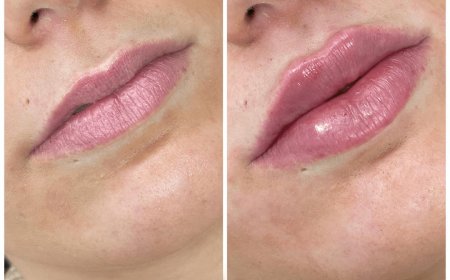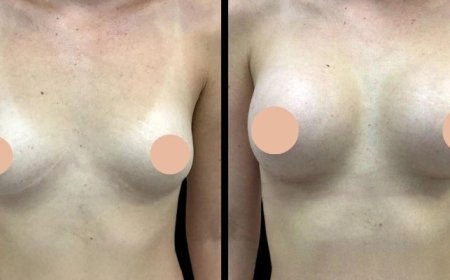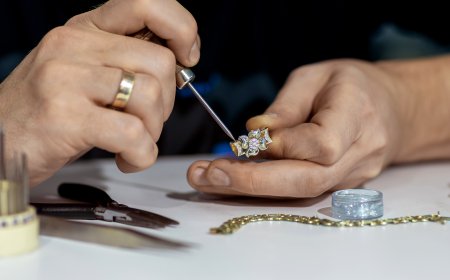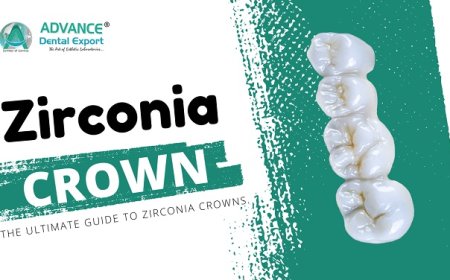How to Care for Dental Bridges: Maintenance Tips for a Lasting Smile
In this detailed guide, you’ll learn how to properly care for your dental bridges, maintain oral hygiene, and protect your dental investment.

Restoring your smile with dental bridges is a smart investment in your oral health and self-confidence. These fixed prosthetic devices replace missing teeth, improving both function and appearance. But like natural teeth, dental bridges require regular care to stay in good condition and function well for years.
Why Dental Bridge Care Is Important
A dental bridge relies on the health of the surrounding teeth and gums. Poor oral hygiene or neglect can lead to decay in the abutment teeth, gum disease, or damage to the bridge itself. Proper care ensures your bridge remains secure, functional, and natural-looking for as long as possible.
Daily Oral Hygiene for Dental Bridges
Brushing
Brush your teeth at least twice a day using a soft-bristled toothbrush and fluoride toothpaste. Pay close attention to the bridge and the area around it to remove food particles and plaque.
Technique Tips:
-
Use gentle, circular motions
-
Angle the brush at 45 degrees toward the gumline
-
Brush for at least two minutes
Flossing
Flossing around a dental bridge is crucial, especially underneath the pontic (the artificial tooth). Standard floss might not be enough for this area.
Recommended Tools:
-
Floss threaders
-
Super floss
-
Interdental brushes
-
Water flossers
These tools help clean the space beneath the bridge and between abutment teeth where bacteria can accumulate.
Best Tools for Cleaning Dental Bridges
-
Soft-bristled toothbrush: Gentle on natural teeth and prosthetics
-
Floss threaders or super floss: Designed for cleaning under bridges
-
Water flosser: Effective at flushing out debris in hard-to-reach areas
-
Antibacterial mouthwash: Reduces plaque and freshens breath
Foods to Avoid with a Dental Bridge
While dental bridges are durable, certain foods can cause damage or dislodge the bridge.
Limit or avoid:
-
Hard candies and ice
-
Sticky foods like caramel and chewing gum
-
Tough meats and crusty bread
-
Excessively sugary snacks
Choosing softer, nutrient-rich foods can help protect your bridge and keep your supporting teeth healthy.
Regular Dental Check-Ups
Visiting your dentist twice a year is essential for monitoring the health of your dental bridge, surrounding teeth, and gums.
During check-ups:
-
The dentist checks the fit and stability of your bridge
-
X-rays may be taken to examine underlying teeth and bone
-
Professional cleanings remove plaque buildup in areas you cant reach at home
Common Issues and How to Address Them
Bridge Loosening
If your dental bridge feels loose, avoid chewing on that side and contact your dentist immediately for an adjustment.
Gum Irritation
Redness, swelling, or bleeding around the bridge could indicate gum disease. Improve your brushing and flossing routine and seek professional care.
Decay in Abutment Teeth
Cavities in supporting teeth can compromise the bridges stability. Maintaining excellent oral hygiene and attending regular cleanings help prevent decay.
Bad Breath
Food debris trapped under the pontic can cause bad breath. Use floss threaders and water flossers daily to keep these areas clean.
How Long Do Dental Bridges Last?
With diligent care, a dental bridge can last between 5 and 15 years, and in some cases even longer. Factors influencing longevity include:
-
Oral hygiene habits
-
Regular dental visits
-
Avoiding harmful foods and habits
-
Quality of the materials used
Implant-supported bridges often last longer than traditional bridges.
FAQs
Can I whiten a dental bridge?
No bridge materials dont respond to whitening treatments. However, professional cleanings can remove surface stains.
How soon can I eat after getting a dental bridge?
Wait a few hours after placement to allow the cement to set. Start with soft foods and gradually return to your normal diet.
Do dental bridges affect speech?
There may be a brief adjustment period, but most people quickly adapt. Properly fitted dental bridges restore natural speech.
Is it necessary to use special toothpaste for dental bridges?
Use non-abrasive fluoride toothpaste to protect both natural teeth and prosthetic surfaces.
What should I do if my dental bridge breaks?
Avoid using the affected side, collect any broken pieces if possible, and contact your dentist immediately for a repair or replacement.
Conclusion
Caring for your dental bridges is vital for preserving both your oral health and the appearance of your smile. With consistent daily hygiene, mindful eating habits, and regular professional care, your bridge can last many years and continue to look and function beautifully.
Investing a little time each day in proper maintenance protects your dental work and helps avoid costly future repairs. Prioritize your oral health because a healthy, complete smile is always worth it.






































